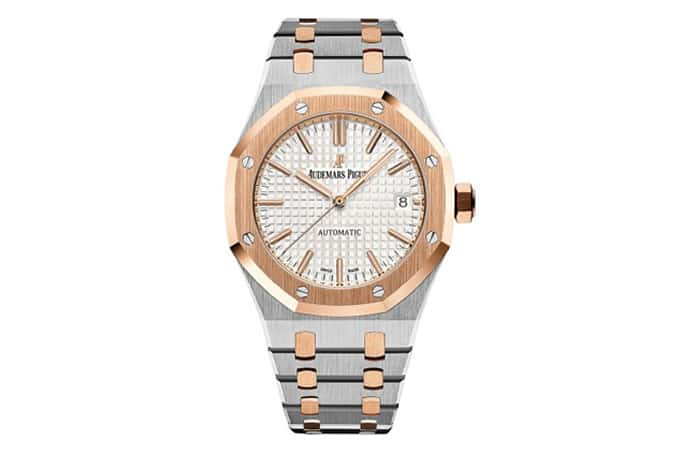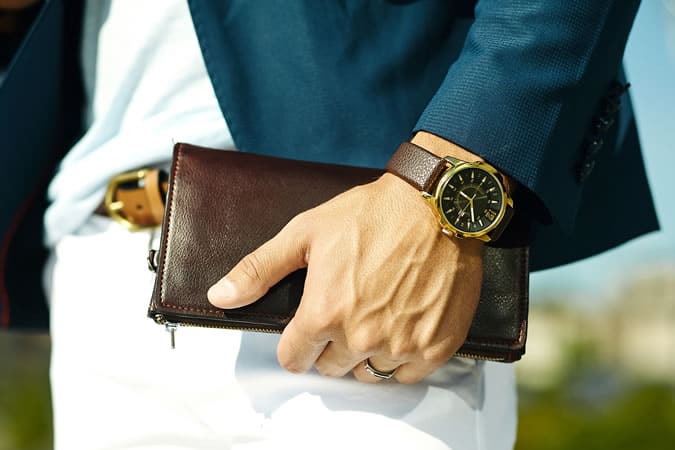What Is A Tachymeter Watch And How Do You Use It?
You’d be forgiven for thinking that it’s only in the last 10 years that watches got smart. Calorie tracking, GPS, wifi-enabled poo emojis… it’s been a period of rapid wristed development. But all this didn’t start in the 21st century. Watches – proper, mechanical watches – have been helping us measure the world since the 1800s.
A watch with a tachymeter scale is a prime example. It’s a numerical scale either printed around the edge of the dial or engraved into the bezel and it lets you measure your average speed over a known distance. (They also increase the testosterone on your wristwatch by at least 100 per cent.) You could technically use one on a standard time-only watch, but for proper use they need the ability to start and stop timing, so you pretty much only see them on chronographs.
And they date back almost as far as the chronograph; 19th century pocket watches with a tachymeter scale are fairly well documented. Certainly by the 1930s, several brands were producing wristwatches with tachymeter scales, as well as the other two main measurement scales that can be added to a chronograph: a telemeter for measuring distance and a pulsometer for measuring a patient’s heartbeat.
Until the advent of digital calculators the tachymeter represented – in theory, at least – a practical and functional tool, assuming you or your co-pilot could operate it accurately enough at 80mph. As the golden age of motor racing began, in the late 1950s, and the chronograph became a must-have sports watch (think Carrera or the Rolex Daytona), the tachymeter migrated to the steel bezel and took on a technical, instrumental aesthetic that it has retained ever since.
To this day, a tachymeter has the power to make your chronograph feel innately more useful. And hopefully, by the time you’ve finished reading this, it’ll be more than just macho ornamentation.






